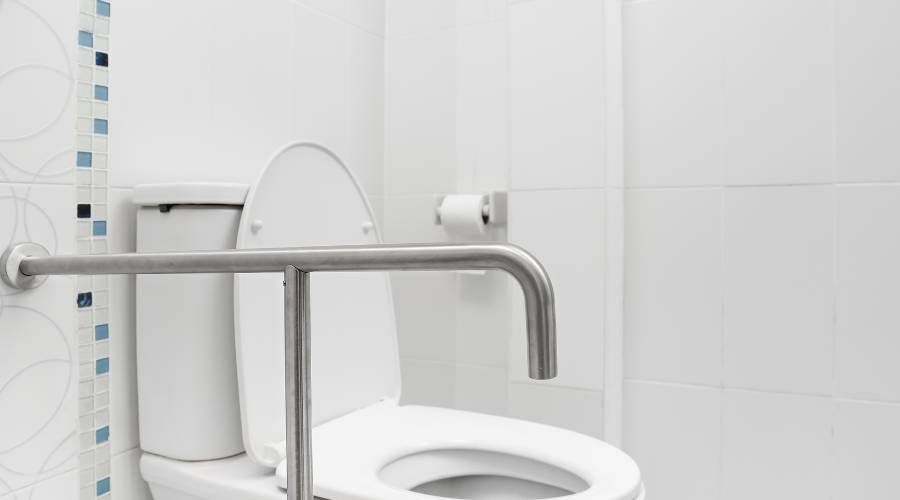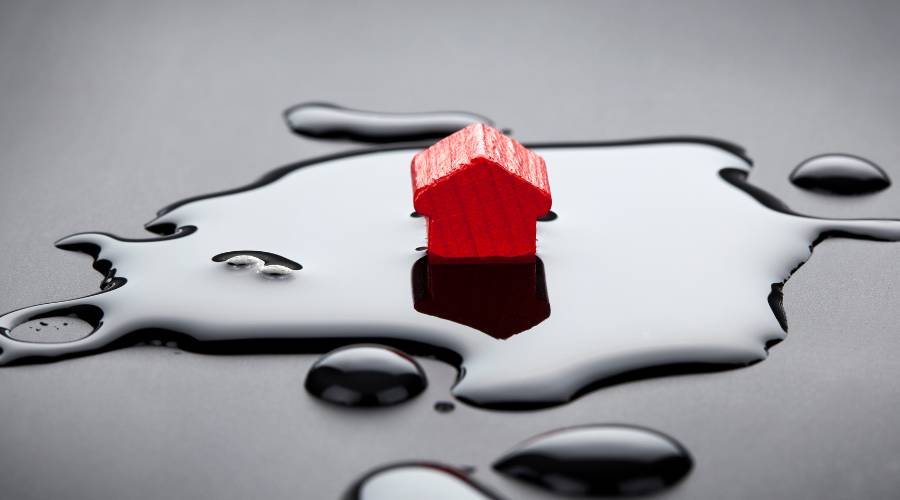Starting a retail business in Sydney involves more than just finding the ideal location—it requires turning that space into a welcoming environment that draws in customers, showcases your brand, and distinguishes you from competitors. The cost of retail fitout Sydney can vary greatly depending on factors such as store size, materials used, design vision, and compliance requirements.
An effective fitout can lead to increased foot traffic, higher staff productivity, and greater sales potential. However, without a clear shop fitout price guide or careful budgeting, unexpected costs can quickly derail even the most promising project. By establishing a realistic budget from the beginning, you can make informed decisions, avoid expensive surprises, and invest wisely in quality features that provide long-term value.
Sydney Renovation Group has helped numerous clients, whether launching boutique shops or updating established retail space, navigate smart budgeting for successful and hassle-free fitouts. With the right approach, your shop transformation can serve as a solid foundation for future growth.
Factors Influencing Retail Fitout Costs in Sydney
Retail fitout costs in Sydney are shaped by a mix of practical choices and unique business needs. Understanding what impacts your cost per sqm and overall retail setup costs helps you plan for a space that looks great and functions efficiently.
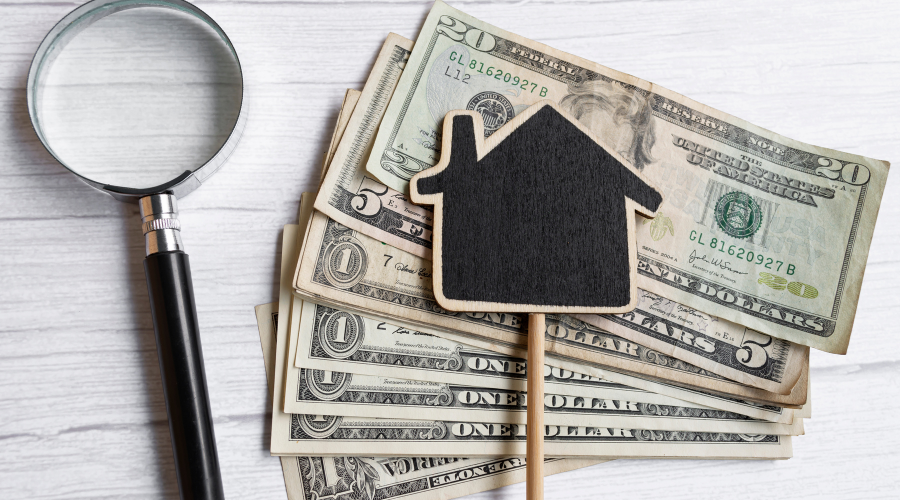
1. Size of the Space
Larger premises often mean a higher total spend, but the cost per square metre can sometimes decrease with scale. For smaller boutiques or pop-up shops, fixed costs like compliance and minimum labour hours can make up a bigger slice of the budget.
2. Type of Retail Business
A fashion boutique has different requirements from a tech store or a café. Spaces needing commercial kitchens, refrigeration, or complex lighting will see higher setup costs. Each sector brings its compliance standards and customer expectations.
3. Quality of Materials and Finishes
The choice between budget-friendly laminates and premium stone benchtops has a direct impact on your outlay. Durable, high-quality finishes may have a higher upfront cost but often deliver better long-term value for busy retail environments.
4. Labour Costs
Skilled tradespeople are in demand across Sydney. Labour rates reflect not just time spent onsite, but also project complexity and scheduling requirements—after-hours work or fast-tracked timelines carry premium rates.
5. Location Specifics
Iconic shopping strips like Pitt Street Mall or Bondi Junction come with higher rents and increased regulations. Access for deliveries, building restrictions, and local council requirements all feed into the final cost structure.
A clear understanding of these factors helps tailor your fitout to both brand vision and budget realities, setting the stage for an inviting retail environment that supports business growth.
Different Types of Retail Fitouts and Their Average Costs
Retail fitouts in Sydney are as varied as the businesses they serve. From budget-conscious start-ups to established brands seeking a flagship experience, understanding the different categories of fit-out is key to shaping both your customers’ journey and your bottom line.
Basic Fitouts: Functional and Efficient
Basic fitouts focus on getting your retail space ready for business with an emphasis on utility and compliance. These projects typically include:
- Basic flooring (vinyl or carpet tiles)
- Standard lighting and electrical work
- Simple shelving or display units
- Minimal joinery and paint finishes
Average Cost: Under $1,000 per square metre
Small clothing boutiques or pop-up shops often opt for basic fit-outs, particularly when launching on a tight budget or in temporary locations. A 50-square-metre shop could expect a starting investment of around $40,000–$50,000 for a functional, compliant set-up.
Mid-Range Fitouts: Balancing Quality and Value
Mid-range fitouts offer greater design flexibility while maintaining cost-effectiveness. This category includes:
- Customised joinery for counters and displays
- Durable commercial-grade flooring
- Feature lighting to enhance displays
- Branded signage and moderate feature walls
Average Cost: $1,200–$1,500 per square metre
Ideal for established retailers wanting to reflect their brand identity without splurging on luxury finishes. For example, a mid-sized café or specialty retailer in Sydney’s Inner West might invest $90,000–$120,000 for 80 square metres.
High-End Fitouts: Premium Design and Lasting Impact
High-end fitouts deliver a bespoke, immersive experience that sets your business apart. These projects often feature:
- Architect-designed layouts with complex detailing
- High-quality stone, timber, or glass finishes
- State-of-the-art lighting systems
- Custom fixtures and premium branding elements
Average Cost: $2,000–$2,500 per square metre
Luxury boutiques or flagship stores in areas such as the CBD or Eastern Suburbs typically pursue this level of finish. A sophisticated 100-square-metre retail space can require upwards of $200,000 to achieve a premium look that aligns with global retail standards.
Selecting the right tier depends not just on available funds but also on your vision for the customer experience and long-term business goals. Each approach comes with its own set of considerations around durability, maintenance, and brand positioning.
Key Elements Affecting Retail Fitout Costs in Detail
Influence of Design Complexity on Costs
Design complexity plays a significant role in determining the cost of retail fit-outs in Sydney. An intricate design with custom-built elements, unique architectural features, and bespoke lighting will naturally require more financial investment compared to a straightforward layout. For instance, a boutique store featuring a mix of modern and vintage elements, custom shelving units, and specialised display areas will incur higher costs due to the detailed craftsmanship and bespoke materials involved.
Importance of Quality Fixtures and Joinery
Quality fixtures and joinery are essential components that can significantly impact the overall success of a retail space. Opting for high-quality materials ensures durability and enhances the aesthetic appeal of the store, which is crucial in creating an inviting shopping environment. For example:
- Sourcing durable flooring materials like engineered wood or high-grade tile that can withstand heavy foot traffic reduces maintenance costs.
- Investing in premium joinery for counters, shelves, and display units can offer longevity and a polished look that aligns with your brand’s image.
The initial investment in quality fixtures may be higher, but it often leads to long-term savings by minimizing repair and replacement expenses.
By focusing on these key elements — design complexity and quality fixtures — you ensure that your retail space not only meets your aesthetic goals but also operates efficiently over time.
Understanding Labour Rates for Shopfitting in New South Wales
Labour rates for shopfitting in New South Wales are a significant part of any retail fit-out budget. On average, Sydney shopfitting labour rates range from $60 to $120 per hour, depending on the skill level required. These rates typically include skilled trades such as carpenters, electricians, plumbers, and licensed installers. For larger projects, some companies offer day or project-based pricing, which can provide more clarity during budgeting.
Key factors influencing labour costs:
- Project complexity: Custom-built joinery, intricate lighting designs, or unique architectural features require specialised skills and extra hours.
- Timeline: Tight deadlines or after-hours work can increase rates due to overtime and the need for additional staff.
- Site conditions: Older buildings or locations with limited access may demand more preparation and coordination.
Labour is not just about time spent on-site; it covers site preparation, safety compliance, installation quality checks, and often minor adjustments after handover. Understanding these inclusions helps set realistic expectations for your retail fit-out investment.
Effective Budgeting Strategies for Retail Fitouts in Sydney
Budgeting for a refit-out in Sydney requires careful planning and strategic decision-making to ensure a successful and cost-effective project. Here are some effective strategies to consider:
Defining Project Scope Clearly
A well-defined project scope is essential to avoid budget blowouts. Clearly outline the goals, requirements, and specifications of your retrofit from the beginning. This includes:
- Space Utilisation: Identify how each area of the store will be used.
- Design Elements: Decide on the style, theme, and necessary design features.
- Functional Requirements: Ensure all practical needs, such as lighting, storage, and display areas, are accounted for.
A comprehensive project scope acts as a roadmap, helping everyone involved understand expectations and stay on track.
Obtaining Multiple Detailed Quotes
To ensure competitive pricing and avoid unexpected costs, obtain multiple detailed quotes from experienced specialists. This approach helps you:
- Compare Costs: Evaluate different pricing structures and services offered by various contractors.
- Assess Value for Money: Determine which quote provides the best balance of quality and cost-effectiveness.
- Avoid Hidden Fees: Ensure transparency by requesting itemised quotes that break down costs for materials, labour, and other expenses.
By doing so, you can make an informed decision that aligns with your budget without compromising on quality.
These strategies provide a solid foundation for budgeting effectively in your retrofit-out project. By defining the project scope clearly and obtaining multiple quotes, you’ll be better equipped to manage costs and achieve success.
Cost Management Tips for Successful Retail Fitouts
Ensuring the success of your refit-refit-outdney requires careful planning and strategic cost management. Here are some essential tips to help you navigate this process effectively:
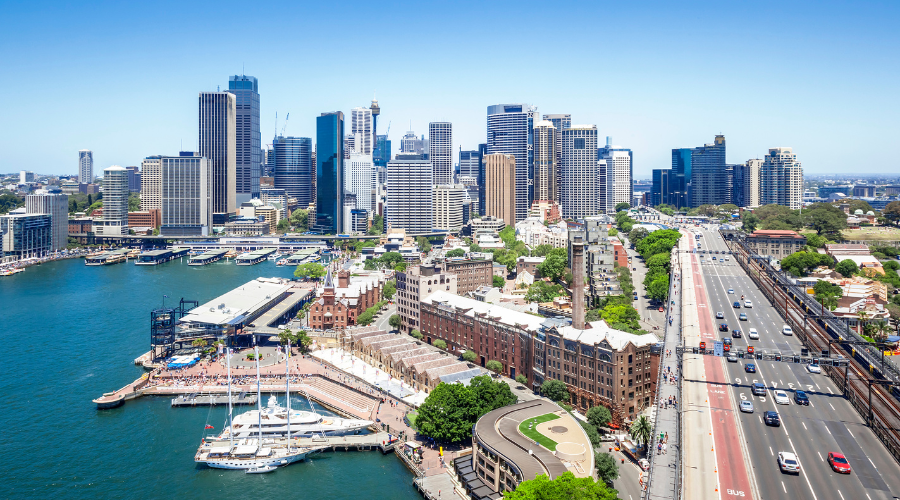
Assessing Current Space Before Starting the Fitout Process
Understanding the existing condition of your premises is critical. Conduct a thorough assessment to identify potential challenges and opportunities. This step helps in minimizing changes to existing premises, which can save both time and money.
Avoiding Costly Last-Minute Alterations Through Compliance Knowledge
Knowing compliance requirements upfront is vital. Familiarise yourself with local regulations related to building codes, safety standards, and accessibility. This foresight prevents unexpected issues that could lead to expensive last-minute alterations.
Benefits of Using Modern Materials That Are Durable Yet Affordable
Selecting modern materials that offer good value over time is a smart investment. Opt for durable yet affordable options such as engineered wood or high-quality laminates. These materials not only enhance the aesthetic appeal but also ensure longevity, reducing future maintenance costs.
Hiring Experienced Specialists for Long-Term Success
Engage licensed professionals with proven track records in retail fitouts. Experienced specialists bring expertise in managing projects efficiently, ensuring quality workmanship and adherence to timelines. Their insights can be invaluable in optimising costs without compromising on quality.
Conclusion
Careful planning for retrofit budgeting empowers Sydney business owners to create spaces that not only attract customers but also support long-term growth. When you understand the true cost of retail fitout in Sydney—balancing size, quality, labour, and design—projects stay on track and within budget. By partnering with experienced specialists, accessing transparent pricing, and prioritising value-driven choices, your vision becomes a reality with less stress and greater confidence. Every successful fitout begins with a clear plan and the right team by your side.
What factors influence the cost of retail fit-outs in Sydney?
The cost of retail fitouts in Sydney is influenced by severalfactors,s including the size of the space, type of retail business, quality of materials and finishes, labor costs, and specific location considerations.
What are the average costs for different types of retail outlets in Sydney?
Basic fitouts typically cost under $1000 per square meter, mid-range fitouts range from $1200 to $1500 per square meter, and high-end or premium fitouts can cost between $2000 and $2500 per square meter.
How does design complexity affect the overall cost of a refit-out
Design complexity significantly influences retail fit-out costs; more intricate designs require specialized fixtures, joinery, and materials, which increase expenses. For example, custom joinery and unique flooring materials add to the budget compared to simpler designs.
What should I consider when budgeting for a retail fit-out project in Sydney?
Effective budgeting involves clearly defining the project scope to avoid unexpected costs, obtaining multiple detailed quotes from experienced specialists to ensure competitive pricing, and accounting for labor rates and material quality upfront.
How do labor rates impact shopfitting costs in New South Wales?
Labor rates in NSW vary based on project complexity and timeline. Average labor costs include skilled workmanship necessary for installing fixtures and finishes. Higher complexity or expedited timelines typically increase labor expenses.
What are some cost management tips for successful retail fit-outs in Sydney?
To manage costs effectively, minimize changes to existing premises, understand compliance requirements early to avoid last-minute alterations, use modern, rn durable yet affordable materials, and hire licensed professionals with proven track records for long-term success.

